Introductions:
The Fairchild Dornier 728/928 family was a series of jet-powered regional airliners that was being developed by German-American aviation conglomerate Fairchild Dornier.
It was a relatively ambitious bid to develop a group of aircraft that would have seated between 50 and 110 passengers, supplementing the existing 328JET series, a smaller regional jet. The 728/928 family is a monoplane design with fixed wings in low wing configuration and two engines mounted under the wings. It has a retractable undercarriage (or landing gear) in tricycle configuration. On 21 March 2002, the roll-out of the first 728 took place. The company planned its maiden flight to occur during the summer of 2002 and for deliveries to commence during mid-2003 to the launch customer Lufthansa Cityline.
The 728 family benefitted from a modern design while the company attracted considerable interest from various airlines upon the programme's launch. By March 2002, a total of eight customers had altogether placed 125 firm orders in addition to signed options for an additional 164 aircraft. However, the programme was derailed at a late stage by the insolvency of Fairchild Dornier, which occurred shortly after the official roll-out of the first 728. Despite attempts to revive the programme, including the establishment of Fairchild Dornier Aeroindustries, customers opted to cancel their orders and no aircraft actually ever flew. The three prototypes that were completed have been sold on for other purposes.
During the mid-1990s, German aircraft manufacturer Dornier Luftfahrt GmbH experienced considerable financial difficulties; these heavily contributed to the company's acquisition by the American aerospace firm Fairchild Aircraft, after which the organisation became Fairchild Dornier. Shortly thereafter, the company began reorganising itself and examined possibilities for altering its product lineup. The first new aircraft to make it to market, the Fairchild Dornier 328JET, was a relatively straightforward reengining of the turboprop-powered Dornier 328; however, even prior to its first flight, the company had grander ambitions of producing a range of larger regional airliners.
During October 1997, Fairchild Dornier announced what would become the 728 programme, which was initially known as the X28JET project and later publicly rebranded as the 728JET, at the Dubai Airshow. The new family of regional jets, the 528JET, 728JET and 928JET, seating from 55 to 100 passengers was launched at the ILA Berlin Aerospace Show (International Aviation and Space Flight Exhibition) in Berlin on 19 May 1998; prior to this, Fairchild Dornier had received provisional launch orders from German flag carrier Lufthansa, who placed 60 firm orders along with 60 options, and Swiss airline Crossair.
The total investment in the programme, which was sourced from Fairchild Dornier's own funds and from its risk-sharing partners, was reported as being $850 million. According to company President Jim Robinson, $220 million alone was fronted by the suppliers of the wing, fuselage and empennage, while efforts to secure further launch aid from both vendors and the German federal government were also underway. One option explored was to take the company public. Various partnership arrangements were explored; at one stage, Fairchild Dornier were holding discussions with Franko-Italian regional aircraft manufacturer ATR on the topic of collaborating on the 728. At the time of launch, the company anticipated delivery of the initial production aircraft to take place during mid-2001, with type certification being achieved in the same year.
During October 2000, testing of the "Iron Bird", a mechanical/hydraulic full-scale test rig of the 728, commenced. According to the company, this rig was intended to help the company to reduce the development and certification processes by between 150 and 200 hours; it was also envisaged the rebuilding of the iron bird to represent the larger 928 to similarly support its development. Similarly, Fairchild Dornier heavily invested computer simulations of the production and assembly procedures at Oberpfaffenhofen, which were intended to yield major savings in terms of both cost and manpower and costs; this effort was reportedly responsible for reducing the man-hours involved in the 728's manufacture by 60%. Advanced manufacturing equipment was also procured for similar reasons.
During mid-2001, Fairchild Dornier commenced construction of the first prototype, the majority of structural assemblies having been delivered by September 2001. During December 2001, Fairchild Dornier reportedly completed the first fuselage. By January 2002, the first prototype was sufficiently complete to begin taxiing on its own landing gear. During March 2002, the official roll out of "TAC 01" (Test Aircraft 01) - the first prototype - occurred, at which point it was presented to the public for the first time. That same month, TAC 03 was transported to IABG in Ottobrunn for structural testing.
During June 2001, it was reported that leasing firm GECAS placed a firm order for 50 aircraft, as well as additional options up to 100 aircraft. By March 2002, a total of eight customers, among them Lufthansa Cityline, GECAS, Bavaria Leasing, CSA-Czech Airlines, Atlantic Coast Airlines, and SolAir, had reportedly placed a cumulative 125 firm orders for the type, as well as signed options for an additional 164 aircraft. According to Fairchild Dornier, it needed to sell 200 aircraft to reach the programme's break-even point.
The lead aircraft of the programme was the 70-to-85 seat 728, which was referred to as the 728JET early on. Assembly of the aircraft was performed at Fairchild Dornier's facility in Oberpfaffenhofen, Germany. On 21 March 2002, the first 728 conducted its official roll-out; it was scheduled to perform its maiden flight during the summer of 2002. Furthermore, deliveries of the type were expected to commence during mid-2003, the launch customer being Lufthansa Cityline. However, only two days before the roll-out, it was announced that the programme would be set back by two months due to a shortage of available funds. A week later, reports emerged that the company was in talks with four potential new strategic partners, and that securing at least one was of "critical and crucial" importance.
Prior to the intended date of the 728's first flight being performed, Fairchild Dornier was rendered insolvent and forced to declare bankruptcy on 2 April 2002. One consequence of this was the whole programme being immediately brought to a standstill; shortly thereafter, both Lufthansa and GECAS chose to cancel their orders for the type. The withdrawal of the 728's two biggest customers was a considerable blow to the programme, potentially putting off investors and partners that were being sought out at this time.
During July 2003, D'Long International Strategic Investment Group of Xinjiang, China showed an interest in purchasing a stake the project. A new entity, Fairchild Dornier Aeroindustries, was formed with the aim of completing development of the aircraft, however, this company also filed for bankruptcy during 2004. During this brief revival, no additional aircraft were produced, although structural tests in Dresden were commenced during 2003.
Notes:
Request by AircraftModifter
Das ist weg
Specifications
Spotlights
- MAPA 1.8 years ago
General Characteristics
- Successors 2 airplane(s) +57 bonus
- Created On iOS
- Wingspan 97.5ft (29.7m)
- Length 89.2ft (27.2m)
- Height 29.8ft (9.1m)
- Empty Weight 15,223lbs (6,905kg)
- Loaded Weight 43,234lbs (19,610kg)
Performance
- Power/Weight Ratio 1.559
- Wing Loading 40.8lbs/ft2 (199.1kg/m2)
- Wing Area 1,060.2ft2 (98.5m2)
- Drag Points 24254
Parts
- Number of Parts 234
- Control Surfaces 9
- Performance Cost 932

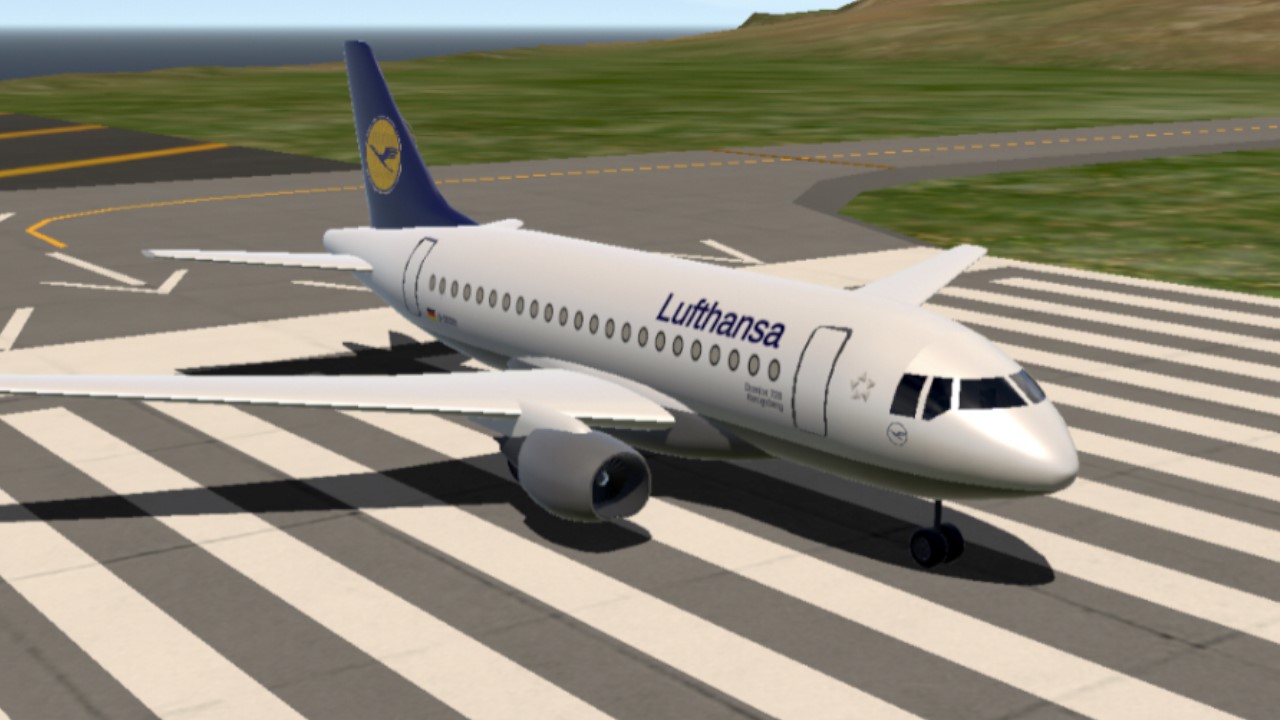
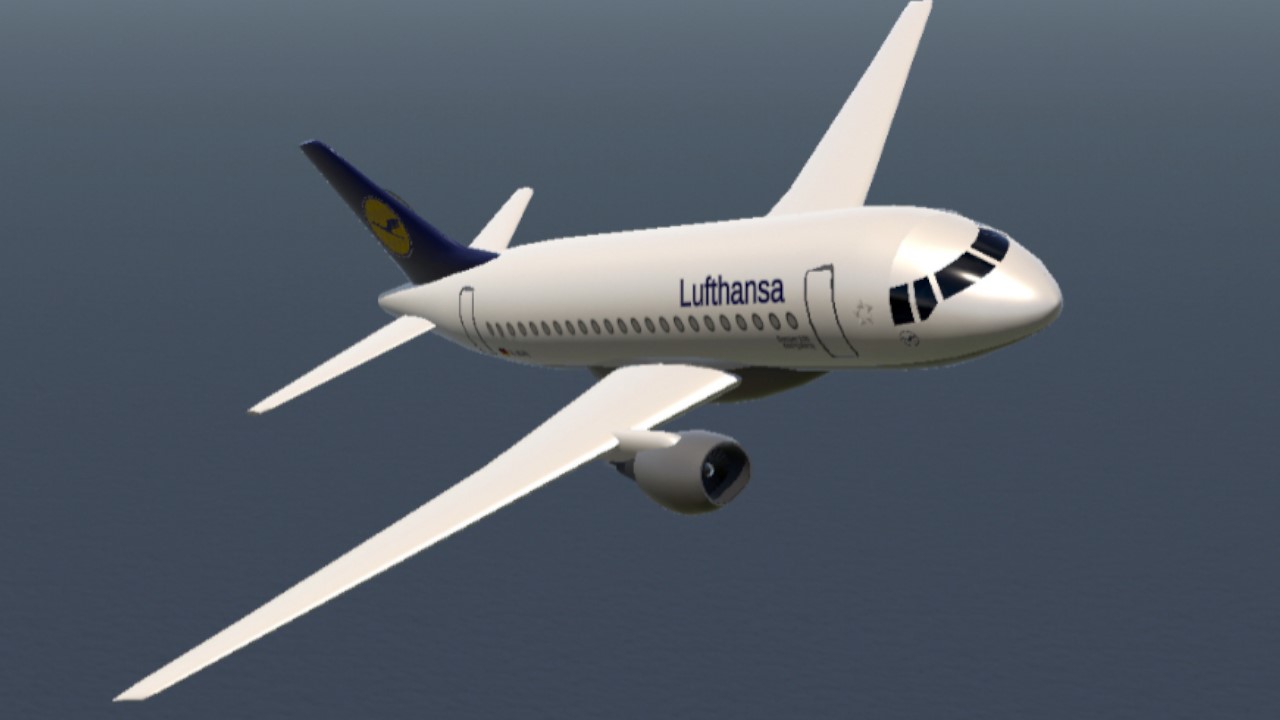

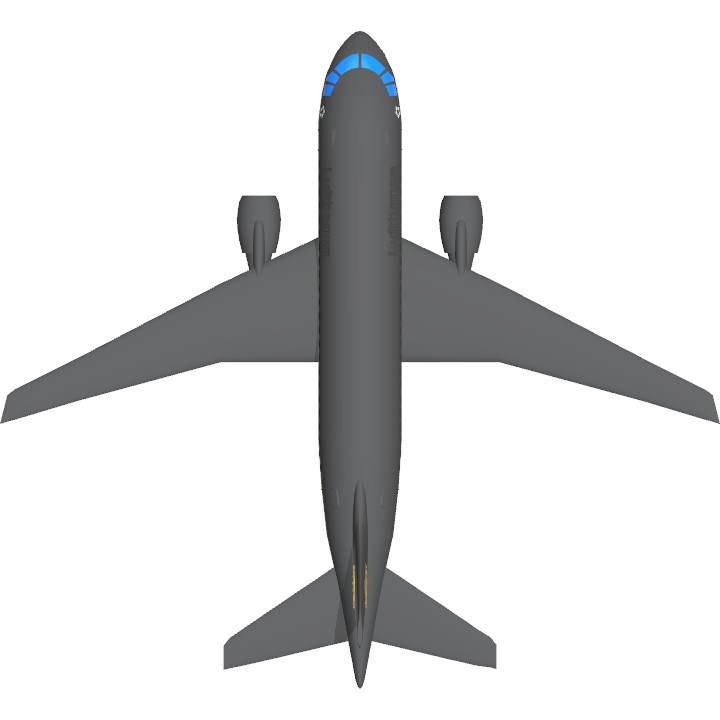
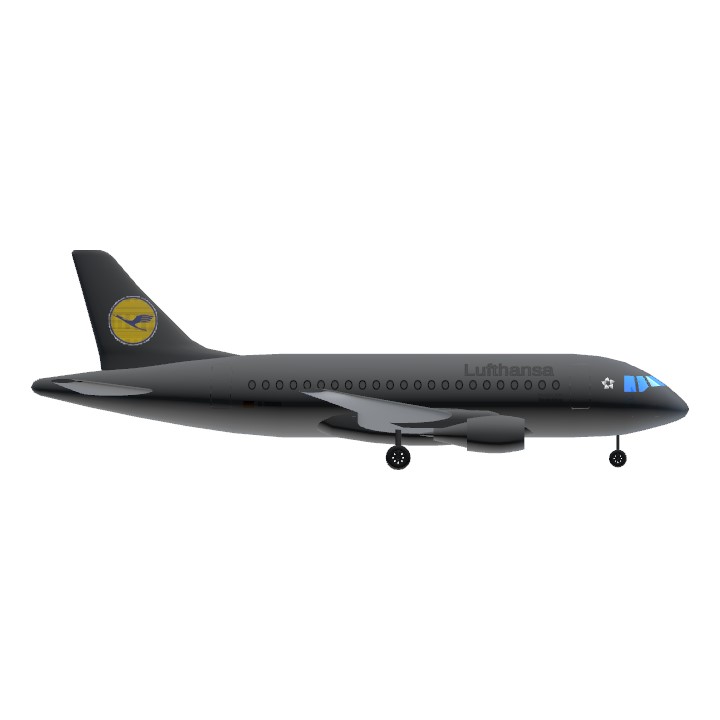
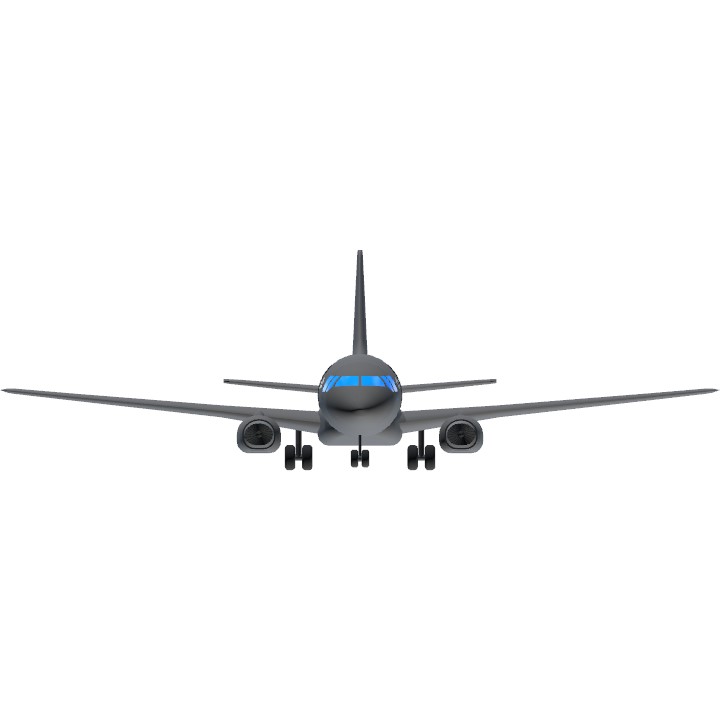
Tags requested:
@AircraftModifter
@HanakoSan
@EnglishGarden
@Noo
Looks better than Embraer
@CR929thenewSPplayer thanks, anyways, i dont know actually
My god
It's
Egg
alright but because I’m building other many stuffs so I probably need 2 weeks to do it (and this is the last time)
@AircraftModifter
No way, thank you!!!
Btw, i have one more aircraft that you can make, its Called The boeing 755, and no its not the 757, heres a picture: https://www.secretprojects.co.uk/threads/boeing-model-755-family.4419/ (scroll down 3 users and you will see the model.)
cutie
@CR929thenewSPplayer just remembered about this website after 1 month 🤭
Congrats
@servedWithaSliceofCHEESE
First